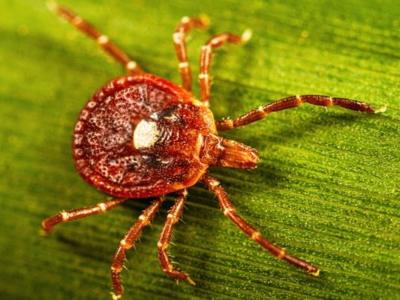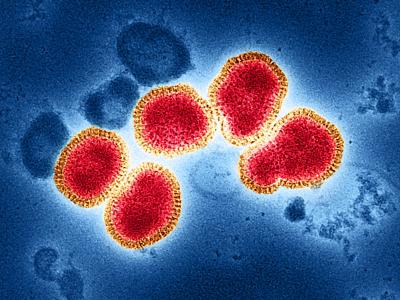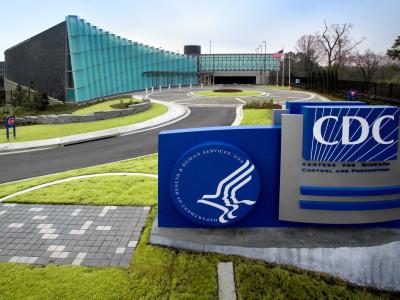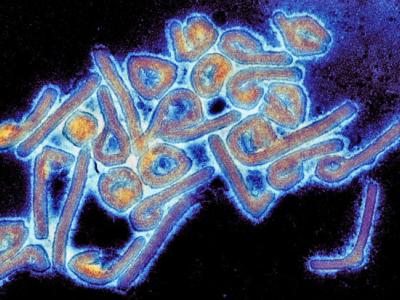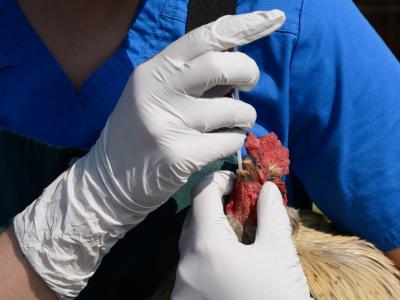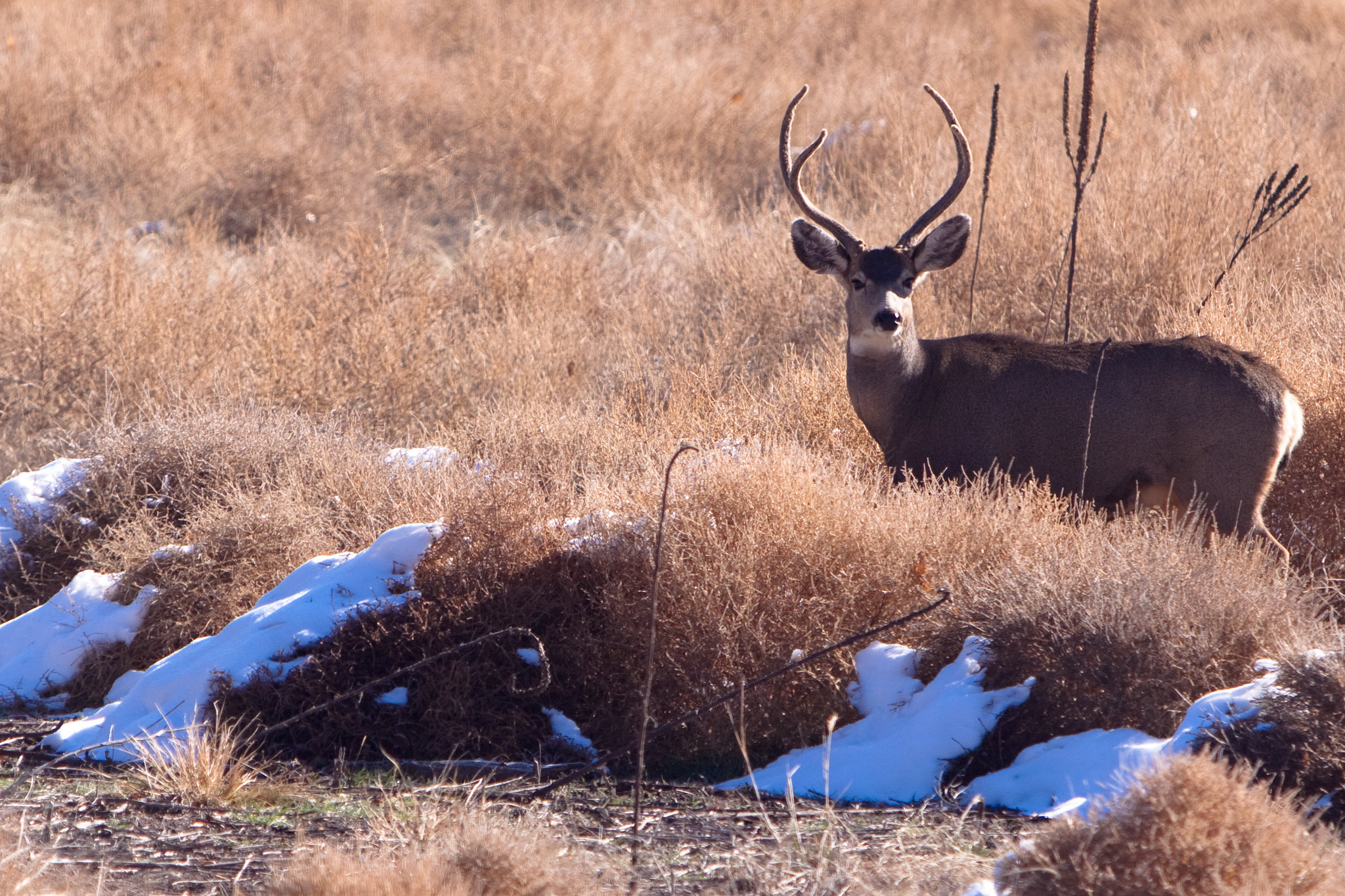
A deer near Wheaton, Minnesota, in the western part of the state, has tested positive for chronic wasting disease (CWD), the first detection in a wild deer in that area, the Minnesota Department of Natural Resources (DNR) reported yesterday.
The buck was harvested by a hunter during the opening weekend of firearms season, the second weekend in November, in Deer Permit Area (DPA) 271, along Minnesota's border with South Dakota.
"This discovery in western Minnesota, while unwelcome news, highlights the importance and necessity of our disease surveillance efforts and allowing hunters to test deer harvested anywhere in the state if they would like to," Erik Hildebrand, DNR wildlife health supervisor, said in a news release.
Multiple management actions to be taken
The detection triggered implementation of the DNR's CWD response plan, which consists of 3 years of testing to estimate CWD prevalence in DPA 271 and the surrounding permit areas. The DNR will work with the South Dakota Game, Fish and Parks and the North Dakota Game and Fish Department to coordinate CWD surveillance and management in the area.
The adult male deer in DPA 271 that tested positive for CWD was harvested during the breeding season when deer are known to travel longer distances.
"Within DPAs where CWD has been detected and confirmed, the Minnesota DNR uses multiple management actions designed to help mitigate disease spread, including carcass movement restrictions, a deer feeding and attractants ban and, sometimes, increased hunting opportunities with increased bag limits," the DNR said.
The DNR will conduct disease surveillance in fall 2025 before deciding whether to cull more deer with a special hunt. "The adult male deer in DPA 271 that tested positive for CWD was harvested during the breeding season when deer are known to travel longer distances," the release said.
Caused by misfolded infectious proteins called prions, CWD is a fatal neurodegenerative disease that affects cervids such as deer and elk. CWD can spread among animals and through environmental contamination. The disease isn't known to infect humans, but authorities advise against eating meat from sick animals and recommend using precautions when handling carcasses.
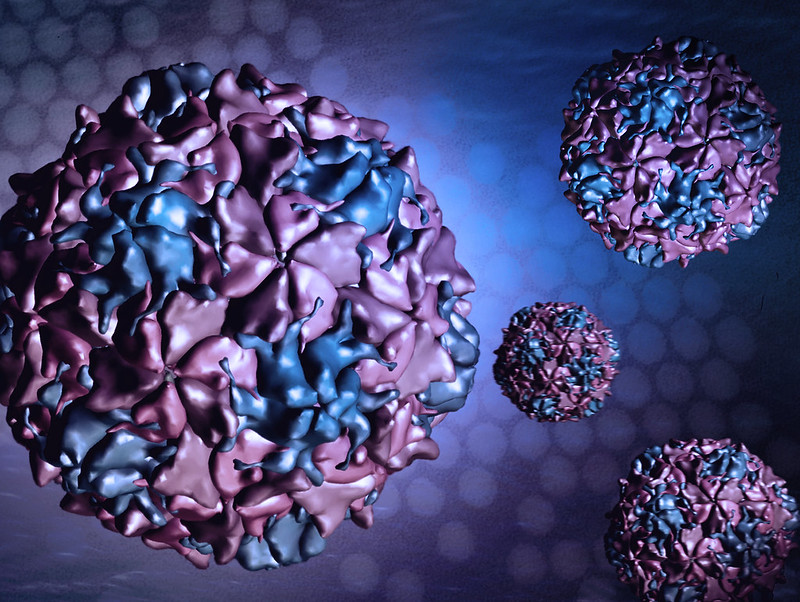
.jpg)
